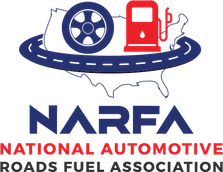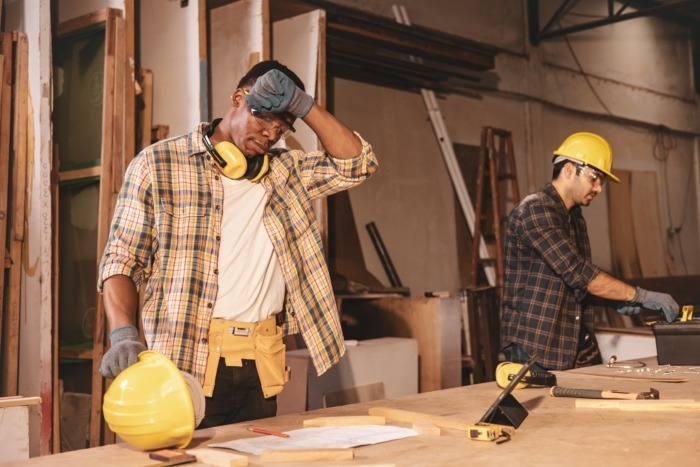Lack of training on proper use of ladders is the primary cause of more than 81% of fall injuries treated in US emergency departments, and the safety industry is working especially hard this month to get free training to those who work with ladders
Center for Disease Control statistics show that 43% of fatal falls in the last decade involved a ladder, and among construction workers, an estimated 81% of fall injuries treated in U.S. emergency departments involve a ladder. Because falls are the leading cause of work-related injuries and deaths in construction, NIOSH, the Occupational Safety and Health Administration, and the Center for Construction Research and Training are promoting a national campaign to prevent workplace falls. March 2021 marks the Fifth Annual National Ladder Safety Month.
Consensus among safety professionals is that the primary cause of ladder injuries is lack of training on their use. Understanding ways to stay compliant and safe on a ladder is crucial to the safety of the employees using them.
Here are some specific requirements designed to ensure worker safety in the OSHA Standard for Ladders:
Loads
Self-supporting (foldout) and non-self-supporting (leaning) ladders must be able to support at least four times the maximum intended load. Exceptions are extra-heavy-duty metal or plastic ladders, which must be able to sustain 3.3 times the maximum intended load.
Angle
Non-self-supporting ladders, which are meant to lean against other support, are to be positioned at an angle that the horizontal distance from the top support to the foot of the ladder is about a fourth of the working length of the ladder.
Rungs
Ladder rungs, cleats, or steps must be parallel, level and uniformly spaced when the ladder is in position for use. Rungs should be spaced between 10 and 14 inches apart. Rungs must also be shared that an employee’s foot cannot slide off, and must be skid-resistant.
Slipping
Ladders are to be kept free of oil, grease, wet paint and other slipping hazards. For ladders made from wood materials, the ladder must not be coated with an opaque covering, except identification or warning labels on one face only of a side rail.
Other Relevant Requirements
- Foldout or stepladders must have a metal spreader or locking device to hold the front and back sections in an open position when in use.
- When two or more ladders are used to reach a work area, they must be offset with a landing or platform between the ladders.
- The area around the top and bottom of ladder must be kept clear.
- Ladders must not be tied or fastened together to provide longer sections, unlessl they are specifically designed for such use.
- Never use a ladder for any purpose other than the one for which it was designed.
Here are some other fact sheets that OSHA has issued:
Recent Posts
The U.S. Department of Labor Announces Proposed Rule To Protect Indoor, Outdoor Workers From Extreme Heat
The U.S. Department of Labor has proposed a new rule aimed at protecting workers from extreme heat hazards. This initiative seeks to safeguard approximately 36 [...]
Supreme Court Overturns Chevron Deference: What It Means for Workplace Safety and Regulation
The landscape of federal regulation is set for a seismic shift following a recent Supreme Court decision. On June 28, in Loper Bright Enterprises, et [...]
Navigating the Compliance Maze: How NARFA Simplifies Employee Benefits for Automotive and Trade Industries
In today's complex regulatory environment, businesses in the automotive, roads, fuel, and related industries face unprecedented challenges in managing employee benefits. Recent studies show that [...]




